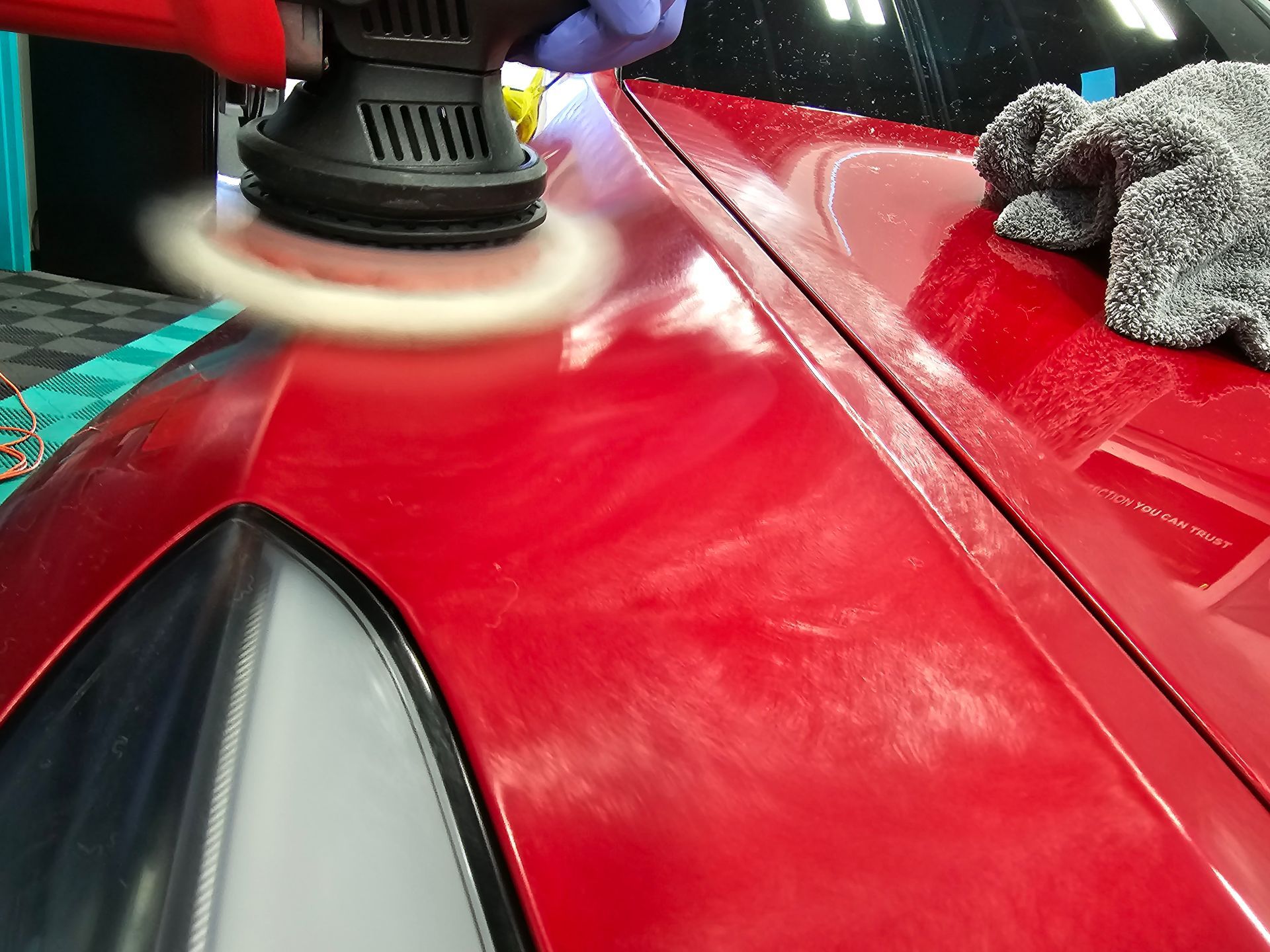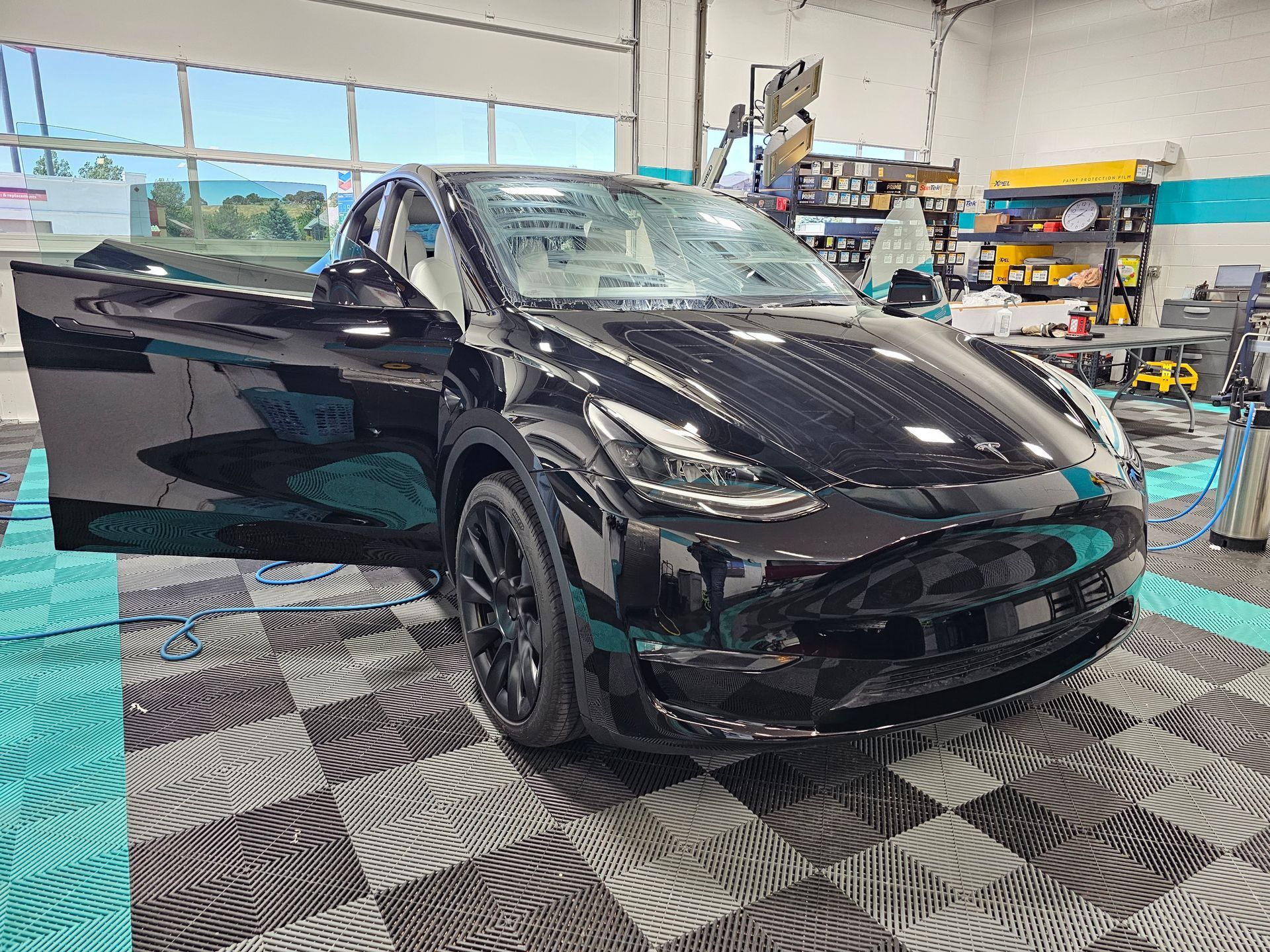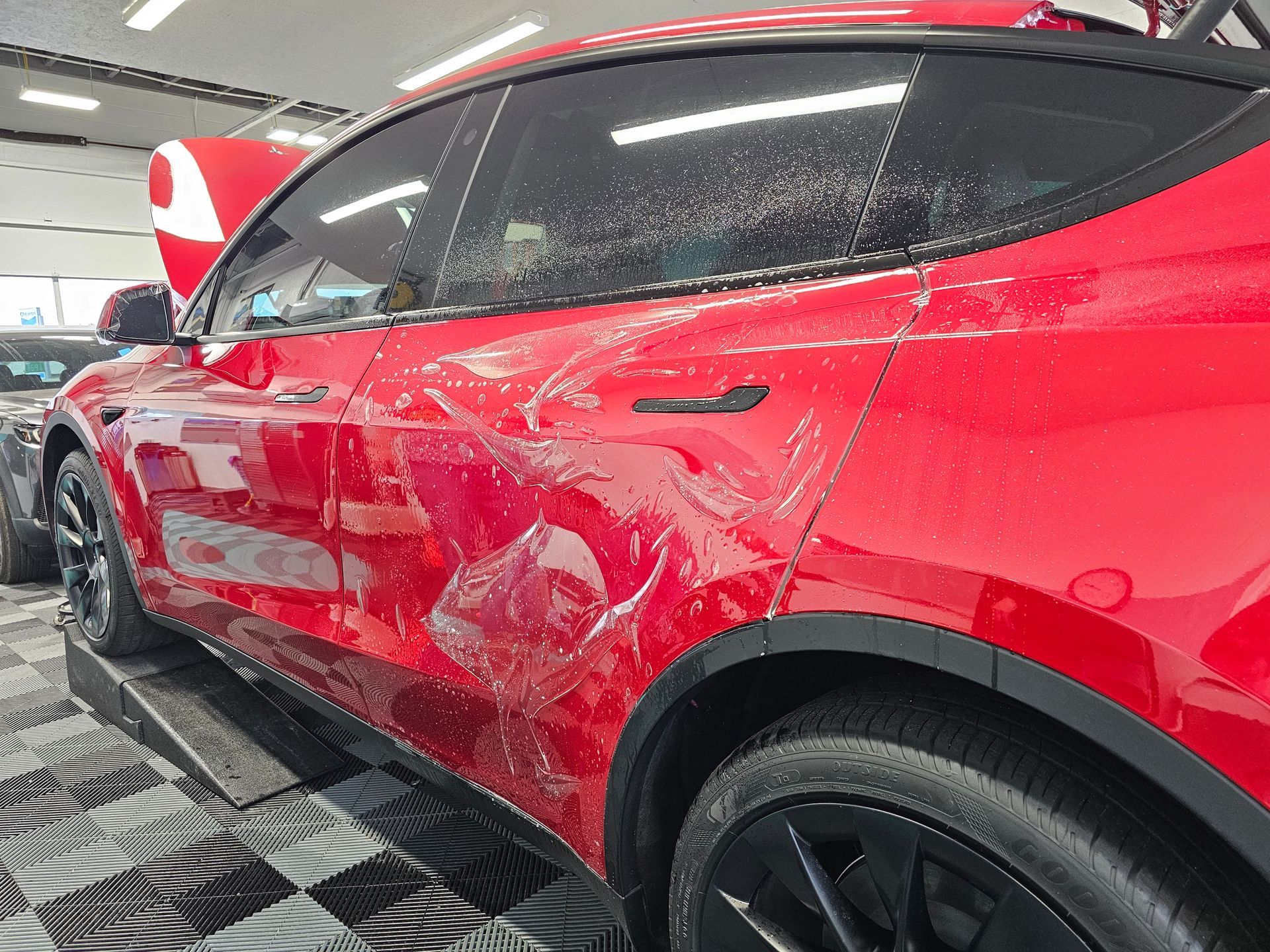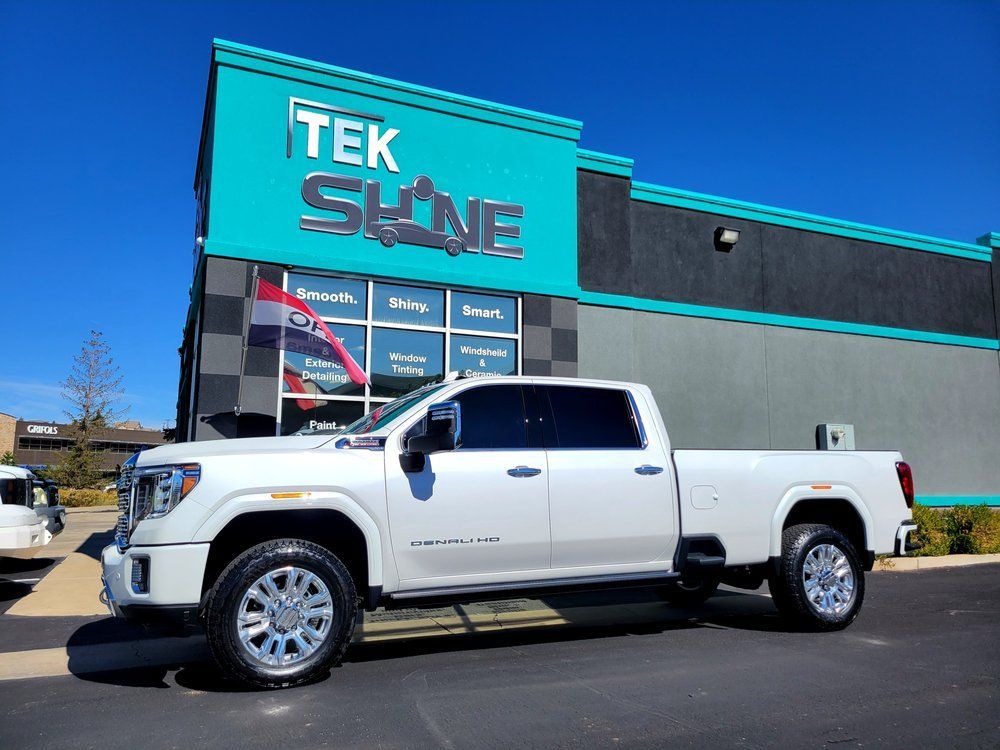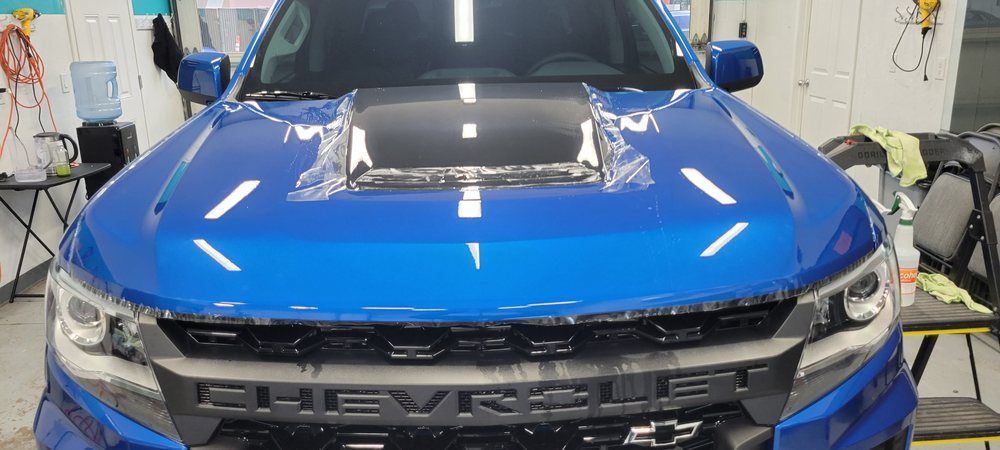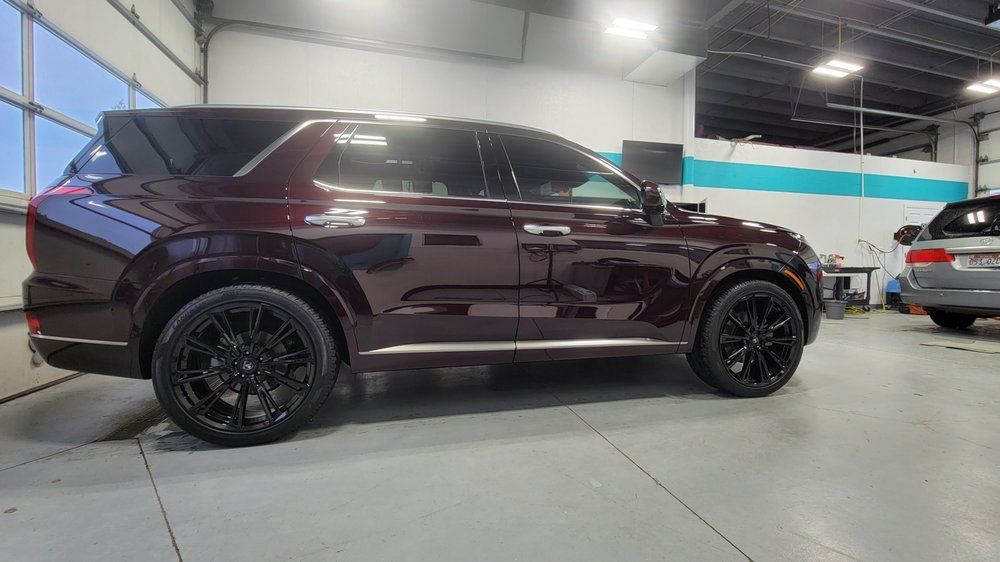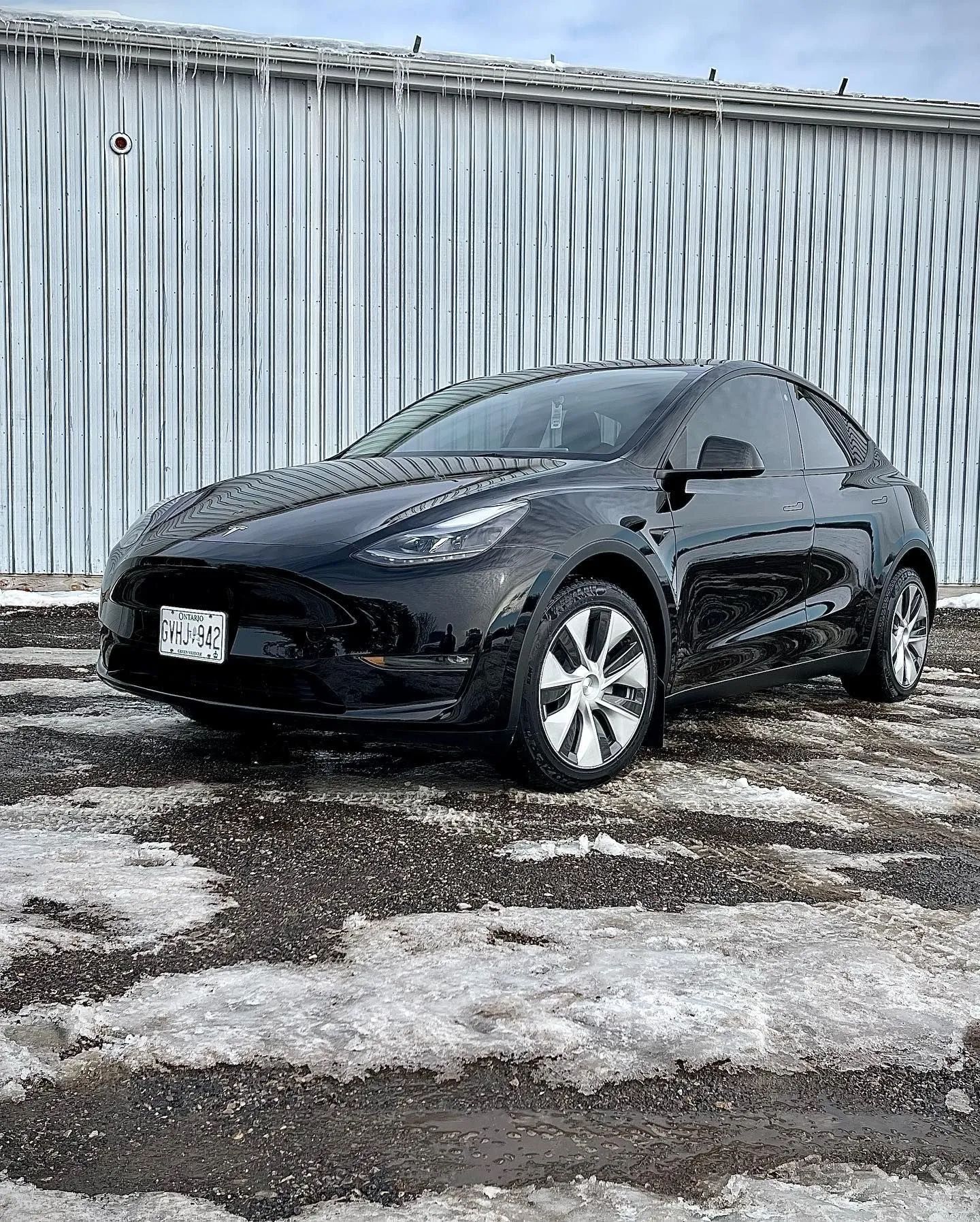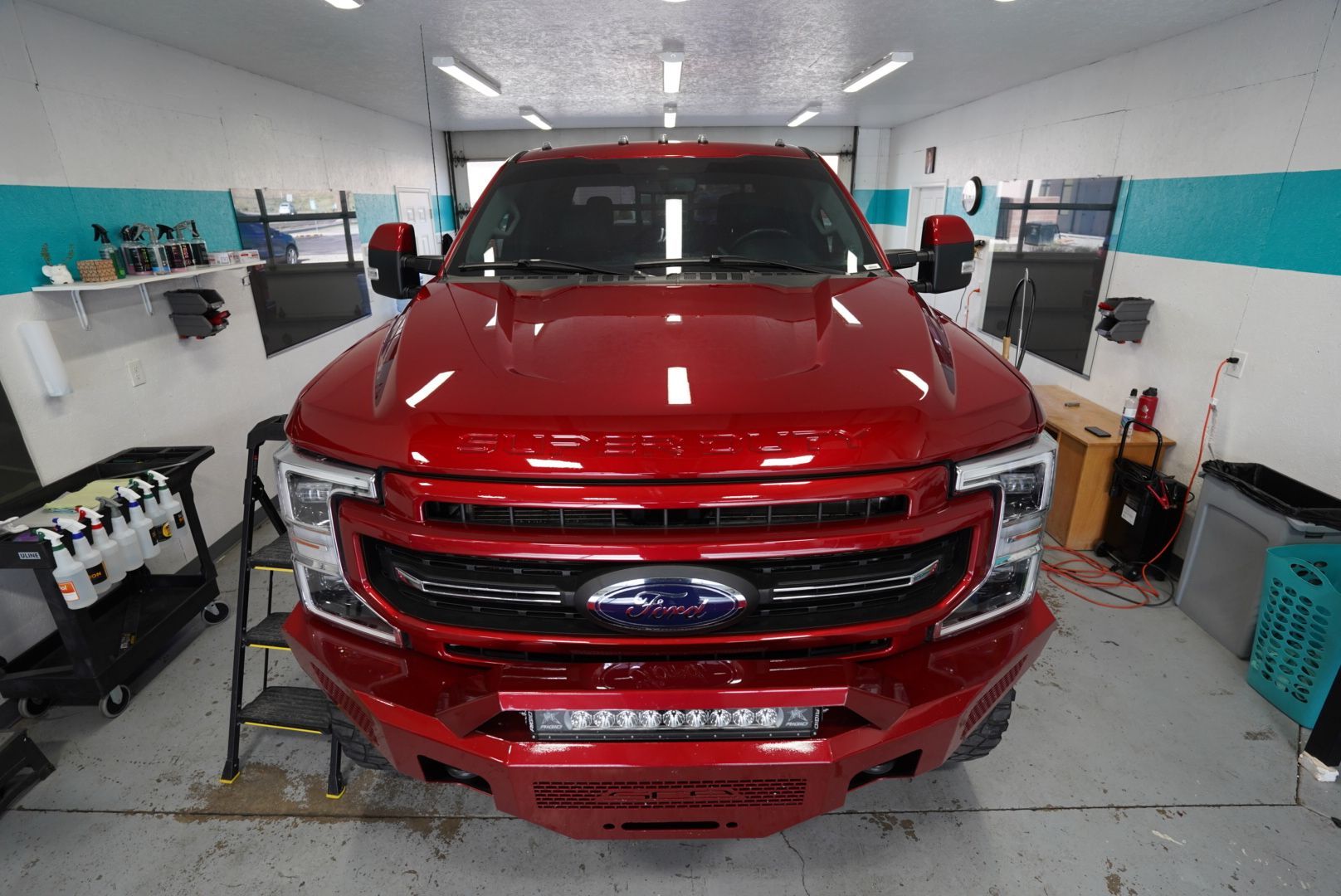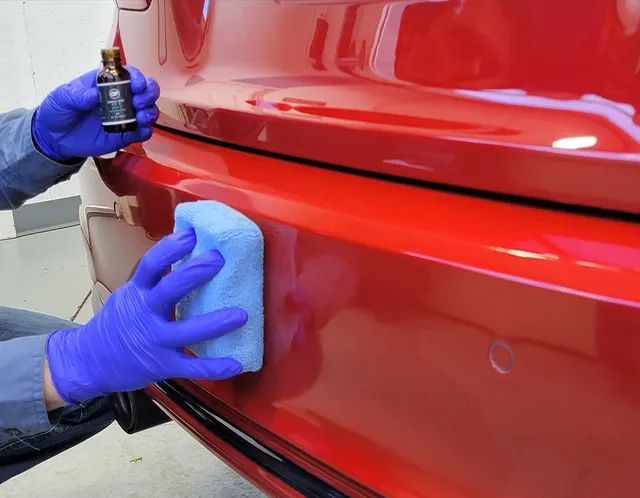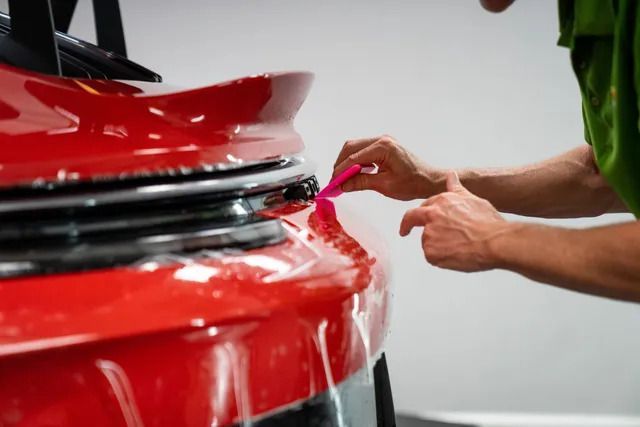Window Tinting Laws: A Complete Guide to Legal and Safe Tint Levels in Cedar City and Beyond
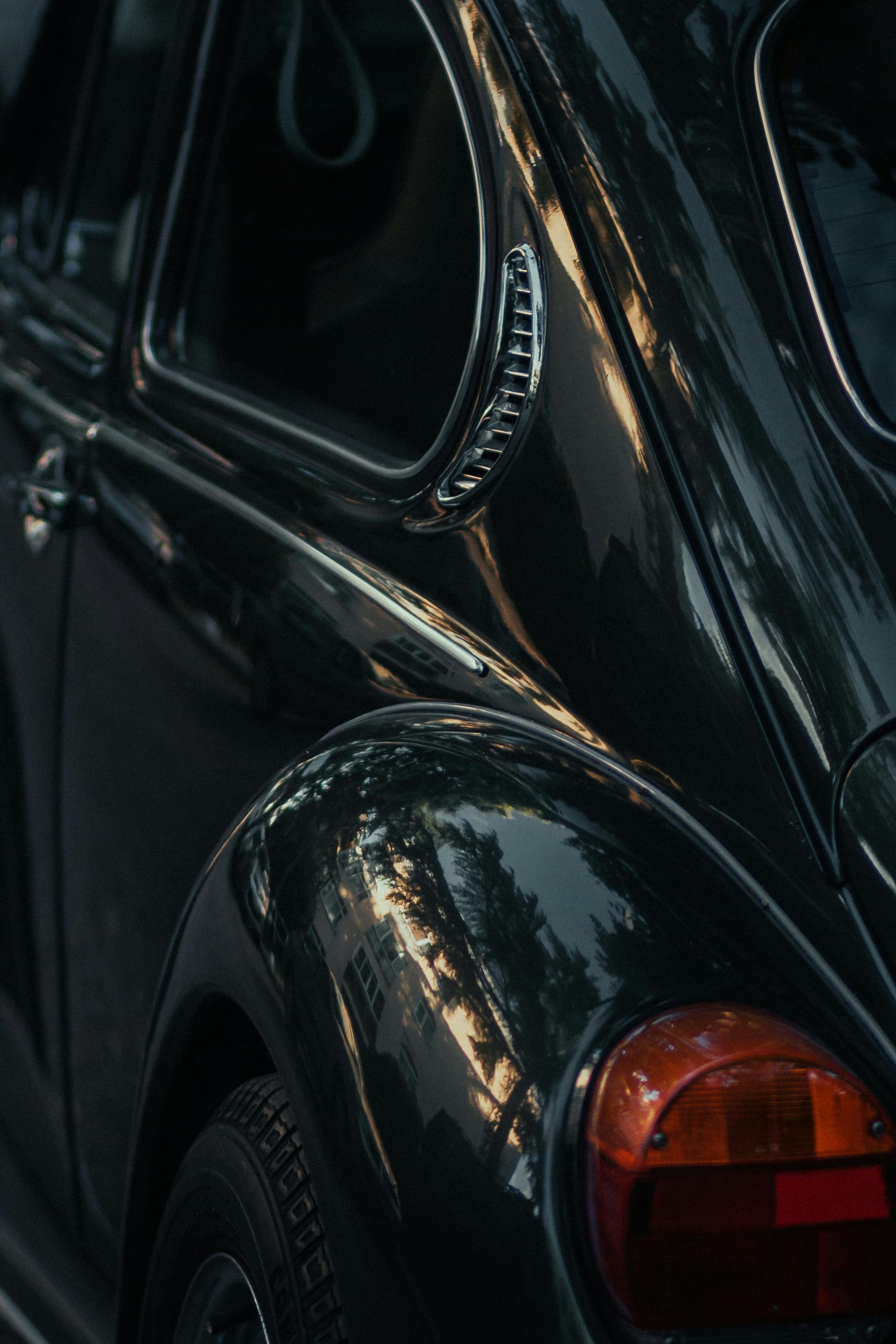
Window tints do more than elevate your car's appearance—they impact safety, comfort, and legal compliance. At TekShine in Cedar City, UT, we specialize in XPEL window tint installations that meet state regulations while maximizing heat rejection and UV protection. Understanding these laws matters because improper tint can lead to fines or safety hazards, not just aesthetic concerns.
Whether you're a car owner or manage a fleet, knowing your local limits ensures you get the right protection without legal trouble. Our professional window tinting services combine expertise with high-quality films, customized to Cedar City's climate and regulations.
Window Tint Laws in the United States
Navigating window tint regulations can feel overwhelming, but knowing the basics helps you stay compliant while enjoying the benefits. Laws vary by state, with restrictions based on visible light transmission (VLT), reflectivity, and placement. At TekShine in Cedar City, we ensure every tint job meets Utah’s standards—so you avoid fines and maximize protection.
Front Side Windows: Strictest Regulations Nationwide
Most states enforce tighter limits on front side windows—typically between 35% and 50% VLT. For example:
- Utah requires 35% VLT for front side windows, meaning only 35% of outside light can pass through.
- California permits 70% VLT, among the strictest in the U.S.
Non-compliance risks fines or mandatory removal. Some states impose escalating penalties, like $100+ tickets or failed vehicle inspections. For help selecting compliant films, check our guide to choosing the right window tint shade.
Rear Windows and Back Windshields: More Flexibility
Rules often relax for rear windows, especially for SUVs and vans. Key differences:
- Sedans: Many states allow darker tints (e.g., 20% VLT) for rear windows.
- SUVs/Vans: Some permit any darkness on rear side windows and back windshields.
Utah, for instance, lets rear windows go as dark as 5% VLT, ideal for privacy and heat reduction.
Windshield Tinting Rules: What's Always Prohibited
Tinting the full windshield is illegal nationwide, but exceptions exist:
- A 4–6 inch strip at the top is permitted in most states, like Utah.
- Clear UV-blocking films are often allowed for heat reduction without altering visibility.
Medical Exemptions and Special Cases
Some drivers qualify for darker tints due to conditions like photophobia. Requirements vary by state but usually include:
- A doctor’s note specifying the medical need.
- DMV paperwork for approval.
Utah allows darker tints with proper documentation, but rules still apply—like keeping the windshield strip within limits.
Safety Considerations Beyond Legality
While staying within legal window tint limits is essential, true protection means thinking beyond compliance—after all, a film that blocks glare but impairs visibility isn’t actually keeping you safe. In Cedar City, where summer heat can push past 100°F, choosing the right tint involves balancing performance, comfort, and long-term health benefits.
UV Protection and Skin Cancer Prevention
Studies show that prolonged exposure to UV radiation through car windows contributes to skin damage and increases cancer risk—even when you’re just driving to work. High-quality ceramic tints block up to 99% of UV rays, outperforming standard dyed films. At TekShine, we recommend films like XPEL’s ceramic series not just for heat reduction, but for shielding your skin. For a deeper comparison of options, our guide on Types of Vehicle Window Tint explains how material choices impact protection.
Heat Reduction and Energy Efficiency
Not all tints combat heat equally. Dyed films absorb heat, gradually warming your car’s interior, while ceramic films like our **Ceramic-XR Plus ** reject solar energy at the surface. Real-world testing shows they can reduce cabin temperatures by up to 60% compared to untinted windows—a game-changer for Cedar City’s scorching summers. See how this translates to fuel savings and cooler rides in our breakdown of Window Tinting Benefits: How It Reduces Heat and Glare.
Night Visibility and Accident Prevention
Overly dark tints might offer privacy but compromise safety after sunset. Data from the NHTSA reveals that poor nighttime visibility contributes to 40% of fatal accidents on unlit roads. Utah’s 35% VLT limit for front windows strikes a balance, but it’s just as crucial to avoid low-quality films that haze or bubble over time. For drivers prioritizing clarity, our team ensures precise installation with films that maintain optical clarity without sacrificing protection.
International Tinting Regulations: Key Differences
While Cedar City drivers focus on Utah’s window tint rules, global standards reveal striking variations in what’s allowed—and why. From Canada’s province-specific limits to Europe’s unified approach, these regulations reflect local priorities like climate control, safety, and even crime prevention. At TekShine, we stay updated on these policies because many Cedar City clients travel or ship vehicles abroad.
Window Tinting Laws: Cedar City, UT vs. Canada
Cedar City, UT Regulations
- Front Side Windows: Must allow more than 35% of visible light in, ensuring driver visibility and safety. This rule is consistent across Utah.
- Medical Exemptions: Utah permits medical exemptions for window tinting. Individuals with conditions like photophobia can apply by submitting medical documentation from a licensed physician or optometrist. Approval is subject to review by the Utah Highway Patrol, and there isn't a standardized application process.
- Enforcement & Fines: Penalties for violating window tint laws in Utah vary based on the nature and severity of the offense. Fines are determined by local jurisdictions, so it's recommended to consult with local authorities for specific information.
Canada: Province-by-Province Variations
Canada’s window tinting laws vary significantly by province, often enforcing stricter limits than U.S. standards.
- Front Side Windows: Most provinces do not allow tinting on front side windows. Exceptions include Manitoba (50% VLT) and New Brunswick (70% VLT).
- Windshield Tinting: Only British Columbia, Manitoba, New Brunswick, Quebec, and Yukon allow some level of windshield tinting.
- Enforcement & Fines: Penalties vary widely. In Ontario, illegal tinting can result in fines up to $200 CAD, while other provinces impose different restrictions
For travelers heading north, consider lighter tints or removable films to avoid roadside inspections. Our team can recommend flexible solutions like Ceramic-XR Plus that balance compliance and heat rejection.
European Union Standards
The EU simplifies compliance with ECE R43, a universal regulation for all member states. Highlights include:
- Uniform VLT Limits: Front side windows must allow ≥70% VLT—similar to California’s strictest U.S. rule.
- No Reflectivity Bans: Unlike Utah, the EU permits metallic or mirrored tints if they meet glare standards.
- Safety Testing: Films require E-mark certification proving they won’t shatter dangerously in crashes.
These rules prioritize visibility for rainy, low-light conditions common in countries like Germany. For European-bound vehicles, our XPEL films meet ECE R43 while still blocking 99% of UV rays.
Australia’s Stringent AS/NZS Standards
Australia takes a unique stance with AS/NZS 3000, banning tints that compromise driver vision or pedestrian safety. Notable quirks:
- Reflective Films Prohibited: Unlike Utah’s allowance for mild reflectivity, Australia bars any mirror-like finishes to reduce glare for other drivers.
- Front Windshield Rules: Only the top 10% of the windshield can be tinted—half the U.S. standard.
- State Exceptions: Northern Territory permits darker tints (20% VLT) for extreme heat protection.
Why Professional Installation Matters for Compliance
Getting your window tint right isn’t just about aesthetics—it’s about avoiding legal headaches and ensuring long-term performance. In Cedar City, where Utah’s tint laws are strictly enforced, a DIY job might save you a few dollars upfront but can cost far more in fines, rework, or even failed inspections. At TekShine, our certified installers guarantee compliance while maximizing the benefits of high-quality films like Ceramic-XR Plus.
Avoiding Costly Re-Dos and Fines
Imagine applying a tint yourself, only to find it bubbles or peels within weeks—or worse, fails a roadside inspection. We’ve seen clients spend hundreds reversing poorly applied tints that violated Utah’s 35% VLT rule for front windows. One customer used an off-the-shelf film claiming "legal darkness," but it measured 28% VLT under testing, triggering a $150 fine. Worse, adhesive residues left behind made reinstallation harder.
Professional installers use precision tools to measure light transmission and apply films evenly, avoiding gaps or imperfections that draw law enforcement attention. For a breakdown of films that balance compliance and performance, our guide on Types of Vehicle Window Tint clarifies material differences.
Warranty Protections with Certified Installers
Manufacturers like XPEL often void warranties if tints are self-installed or applied by uncertified shops. Why? Improper installation can cause peeling, hazing, or uneven curing—issues that compromise UV protection and heat rejection. At TekShine, our authorized XPEL installations come with:
- Lifetime warranties against bubbling, peeling, or discoloration.
- Guaranteed compliance with Utah’s laws, backed by precise light-meter testing.
DIY kits rarely offer more than a 90-day warranty, leaving you unprotected against fading or adhesive failure.
Conclusion
Navigating window tint laws and safety standards doesn’t have to be complicated—whether you’re in Cedar City or crossing borders. The right tint balances legality, protection, and performance, shielding you from UV rays, reducing heat, and maintaining visibility. Trusting professionals like TekShine ensures compliance with Utah’s regulations while maximizing the benefits of high-quality XPEL films.

